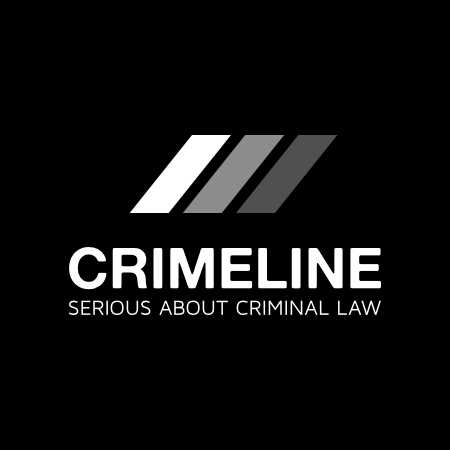Legislation – Anti-social Behaviour, Crime and Policing Act 2014
Changes to legislation:
Anti-social Behaviour, Crime and Policing Act 2014, Section 49 is up to date with all changes known to be in force on or before 05 November 2025. There are changes that may be brought into force at a future date. Changes that have been made appear in the content and are referenced with annotations.![]()
Changes to Legislation
Revised legislation carried on this site may not be fully up to date. Changes and effects are recorded by our editorial team in lists which can be found in the ‘Changes to Legislation’ area. Where those effects have yet to be applied to the text of the legislation by the editorial team they are also listed alongside the legislation in the affected provisions. Use the ‘more’ link to open the changes and effects relevant to the provision you are viewing.
Changes and effects yet to be applied to Section 49:
- s. 102(2)(ba) inserted by 2022 c. 32 Sch. 11 para. 35(2)(a)
Changes and effects yet to be applied to the whole Act associated Parts and Chapters:
Whole provisions yet to be inserted into this Act (including any effects on those provisions):
- s. 102(2)(ba) inserted by 2022 c. 32 Sch. 11 para. 35(2)(a)
PART 4Community protection
CHAPTER 1Community protection notices
Failure to comply with notice
49Remedial orders
(1)
A court before which a person is convicted of an offence under section 48 in respect of a community protection notice may make whatever order the court thinks appropriate for ensuring that what the notice requires to be done is done.
(2)
An order under this section may in particular require the defendant—
(a)
to carry out specified work, or
(b)
to allow specified work to be carried out by or on behalf of a specified local authority.
(3)
To be specified under subsection (2)(b) a local authority must be—
(a)
the local authority that issued the community protection notice;
(b)
if the community protection notice was not issued by a local authority, the local authority (or, as the case may be, one of the local authorities) that could have issued it.
(4)
A requirement imposed under subsection (2)(b) does not authorise the person carrying out the work to enter the defendant’s home without the defendant’s consent.
But this does not prevent a defendant who fails to give that consent from being in breach of the court’s order.
(5)
In subsection (4) “the defendant’s home” means the house, flat, vehicle or other accommodation where the defendant—
(a)
usually lives, or
(b)
is living at the time when the work is or would be carried out.
(6)
If work is carried out under subsection (2)(b) and the local authority specified under that subsection issues a notice to the defaulter—
(a)
giving details of the work that was carried out, and
(b)
specifying an amount that is no more than the cost to the authority of having the work carried out,
the defaulter is liable to the authority for that amount (subject to the outcome of any appeal under subsection (7)).
(7)
A person issued with a notice under subsection (6) may appeal to a magistrates’ court, within the period of 21 days beginning with the day on which the notice was issued, on the ground that the amount specified under subsection (6)(b) is excessive.
(8)
A magistrates’ court hearing an appeal under subsection (7) must—
(a)
confirm the amount, or
(b)
substitute a lower amount.
